
Global Legal & Compliance Director | SML Group






Teruce Yuen
Global Legal & Compliance Director | SML Group
How do you approach managing legal aspects during periods of instability or crises, and how does your legal strategy align with the broader business strategy to ensure the organisation’s resilience?
During periods of instability or crises, I manage legal aspects in an internal-and-external-customer-focus way to maximise synergy among companies, functions, officers and employees within our group and effectively utilise our relationships with stakeholders (i.e., customers, goods and service suppliers and joint-venture partners), thereby bringing about an optimal outcome. This aligns with the broader business strategy to ensure the organisation’s resilience, as well as our group’s five core values of teamwork, innovation, accountability, sustainability and agility.
In contract review, drafting and negotiations, I strive to minimise potential legal risk exposure to an optimal level with liability clauses which are proportionate to profitability of the business with enforceability consideration, and bespoke clauses or amendments to clauses which are less open to unfavourable interpretation or undesirable outcome.
Credit risk management and dispute resolution management are two spheres which tend to be of much significance in a period of crises or instability. In contractual and employment disputes where neither party is one-sidedly at fault, I always strive to recommend my colleagues a solution or approach which will serve to facilitate a win-win situation to avoid prolonging of predicament bilaterally. In credit risk management, I work closely with the group credit control team and relevant local finance and business teams such that all of us consult each other and share intelligence and data with a view to avoiding deterioration of and expediting resolution of the problem. We have avoided deterioration of delinquent customer accounts with order hold, contract termination, debt collection and amicable settlement discussion, leaving legal or arbitral proceedings as last resort to avoid incurring disproportional legal costs. We have also mitigated losses by terminating a contract with an offshore credit control and debt collection agency for a region and transferred the business to another agency who had been working well for us for another region.
In trade compliance management vis-à-vis suppliers and customers, I work together with our ESG and compliance officers to ensure a sound trade compliance programme is in place, monitoring and mitigating legal and compliance risks while political instability is becoming an increasingly crucial factor which makes anti-terrorist financing and sanctioning law compliance a growing challenge to most customers. Given the dynamic legal and compliance landscapes, we work with law firms and other relevant service providers to minimise our risk of lagging behind in relevant changes to laws, regulations and industry standards. Continuous monitoring of the relevant legal and regulatory development trends also allows us to plan ahead and make timely adjustments to our operations and business models with consequential policy, contract and compliance programme updates.
As regards crisis management, we have enhanced our crisis management capacity with greater and more active cross-functional joint efforts including in-house legal involvement from such oft-seen incidents of phishing email to situations of significant operational problem (e.g., product component shortage and supply chain disruptions) because of unexpected geo-political, market or pandemic development. That has enabled us to assemble a task force swiftly and formulate and execute a plan and respond accordingly from the management, marketing, public relations, legal and compliance perspectives in a well-coordinated manner.
While AI or artificial intelligence is often viewed as a rising star in this era of crises and instability, I am relatively conservative since generative AI is only as good as the information with which people feed it. To draw an analogy with reliance on computerised Chinese/English translation of IPO prospectus in Hong Kong, I do not believe in immediate and substantial savings in legal costs and man-hours without substantial and quality human checking, verification and editing to ensure the right quality output is there. The legal landscape for AI is still at an infant stage and I believe the cost of subscribing to AI-based services for legal work will be driven down progressively with higher quality and reliability in the near future, with more safeguards to legal service providers, in-house lawyers and their employer organisations in terms of indemnification against proportional third-party intellectual property (copyright and otherwise) infringement claims. We are still expecting national and international regulatory frameworks and settled legal positions or legislative interventions in respect of the commonly seen copyright infringement litigations against generative AI solution providers outside Hong Kong.
What is the most difficult decision you’ve had to make as a GC, and what lessons did it teach you?
Several years ago, a challenging contractual dispute with X, a supplier of an important product component, arose. It had to be managed with great care if we were to avoid an irreversible nightmare. I made one of the most difficult decisions as GC in handling this case, where my relevant colleagues, working as a great team, jointly managed to achieve a miraculous turnaround without deterioration or breakdown of the business relationship, arbitration, or cross-border litigation.
X had been entangled in cross-border intellectual property infringement litigations with Y, another component supplier of ours, with claims and counterclaims for years. Whether or not some of the end products we had been selling to customers would infringe X’s or Y’s intellectual property, or both, depended on the litigation outcome.
At some point in the year, players in our industry noticed that the prices for such components started to fall due to excess supply from suppliers, while market demand for the relevant end products continued to drop from the start of the year. This unprecedented development began triggering similar requests to X from our competitors for rescheduling component deliveries.
Our senior management members and I had different views on the approach to take in negotiating with X, and at one point, I believed issuing a robust demand letter could lead to a loggerhead situation, which could result in our US and non-US law firms dealing directly with X’s US and non-US law firms. A robust formal letter in response could easily be seen or mistaken as overreacting or adopting a hostile stance, which might compromise the bilateral good working relationship that had existed up until then. I began researching the grounds in our favour under the governing law for the master business contract with X and the legal implications in other jurisdictions involved, so that, should the amicable bilateral negotiations fail, we could respond swiftly within a few days. I also engaged a US law firm to act for us, as an ultimate court decision against X in the litigations in the USA would also aggravate our legal and commercial positions with respect to our customers for the end products and make amicable negotiations with X even less viable.
Halfway through the amicable negotiations, there was growing pressure from our US law firm to engage offshore law firms to support us, as it was not supposed to advise on laws other than US law. With the fundamental need to control legal costs and assess contractual and intellectual property litigation risks on more than one front, while maintaining good commercial relationships with X, Y, and our customers who had been purchasing such end products from us with components from X, I struggled to convince myself that this situation would remain manageable for much longer. Proper crisis management, balancing commercial, legal, and financial considerations, was the key to moving forward.
Our US law firm had a long history of working with us and eventually agreed to continue acting for us, despite the unusual and prolonged nature of the situation. We managed to jointly work out contingent legal and commercial alternatives at various stages. The deadlock with X continued for months, and the cross-border intellectual property infringement litigations had remained deadlocked for years. Ultimately, our group succeeded in reaching reasonable compromises with X and Y, respectively, months before they signed a settlement agreement, which occurred early the following year to conclude the cross-border litigations. We secured favourable component delivery schedules and prices through the greatest teamwork ever among our group management, group operations, and group procurement function heads, which allowed us to resolve the predicament once and for all. The settlement agreement contained a reciprocal licensing arrangement for intellectual property related to components between X and Y, thereby eliminating our last concern about legal liability exposure with respect to our customers for the end products. We, along with our end-product customers, also ended up without any need to pay extra in terms of royalty or higher component prices because of the reciprocal licensing arrangement.
The lessons I learned from this case are as follows:
The GC is hired and remunerated for their relevant expertise, professionalism, and experience, which should enable them to exercise their judgment and make responsible decisions when faced with more than one alternative option, and when there is no time to hesitate, escalate, seek peer support, or instructions. When in doubt, acting in the best interests of the employer group and in a responsible manner, which can be readily justified immediately or afterwards, will serve as the yardstick.
The power of synergy with your stakeholders should not be underestimated, as a miraculously favourable outcome can result.
Handling difficult cases will always provide the GC with new insights into the professionalism, strengths, and weaknesses of their external legal service providers.
Global legal and compliance director | SML Group